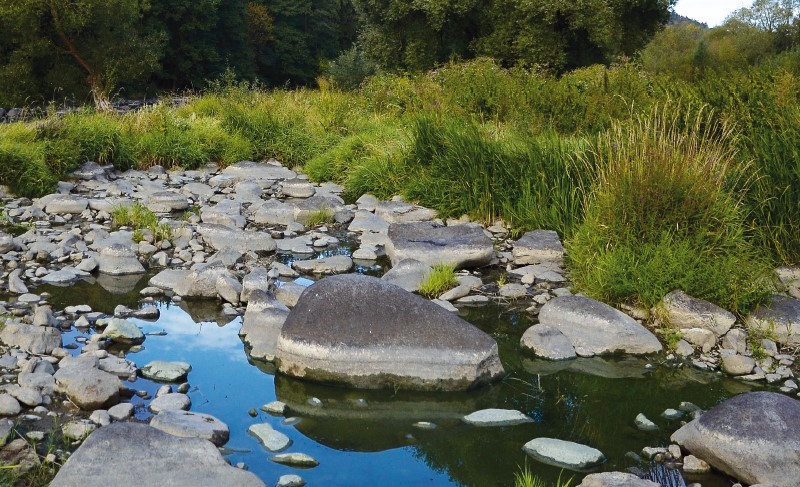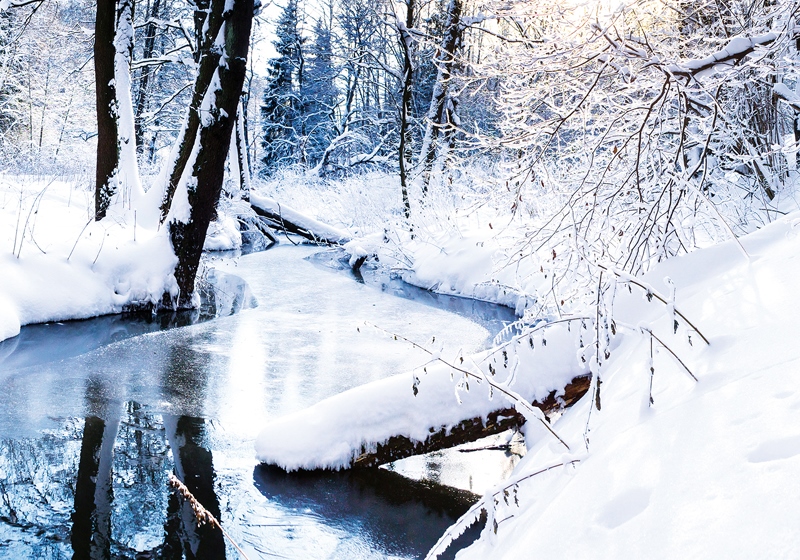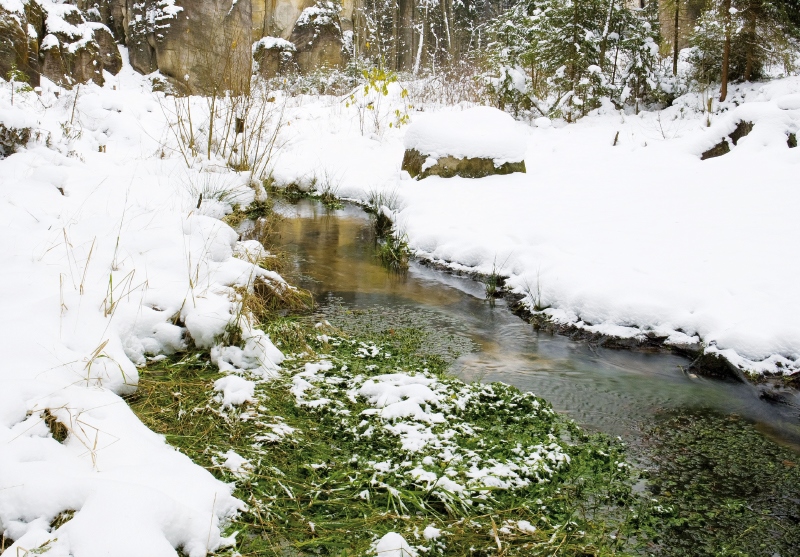Impact of climate change on runoff and development of forest composition in the coming decades in a selected river basin in Slovakia
Climate change is a global phenomenon that affects changes in forest composition. Therefore, the article deals with changes in forest associations as a result of global climate changes. The aim of the research was estimation of change in forest associations under climate change on the runoff processes in the selected river basin. We used two land use scenarios with forest associations and two global climate change scenarios. Land use scenarios were created for the entire territory of the Slovak Republic by the Technical University of Zvolen. The outputs of the KNMI and MPI regional climate change models (both with A1B emission scenario) were used for this research. As a result of climate change, changes in forest composition can be expected.




